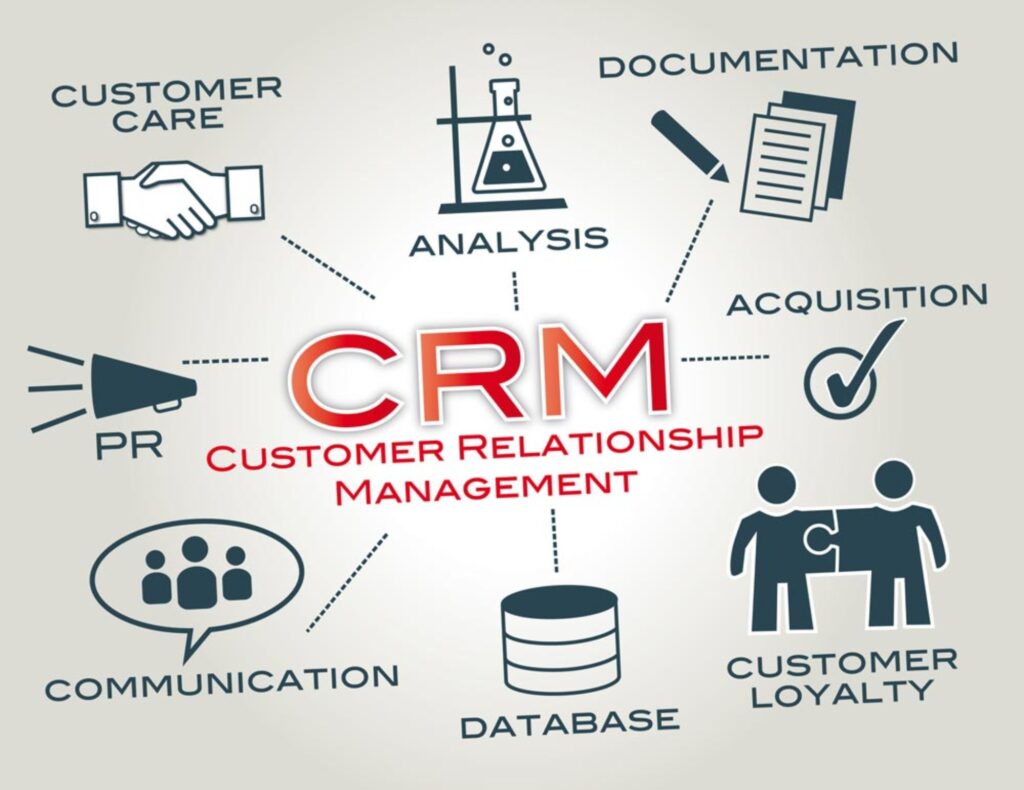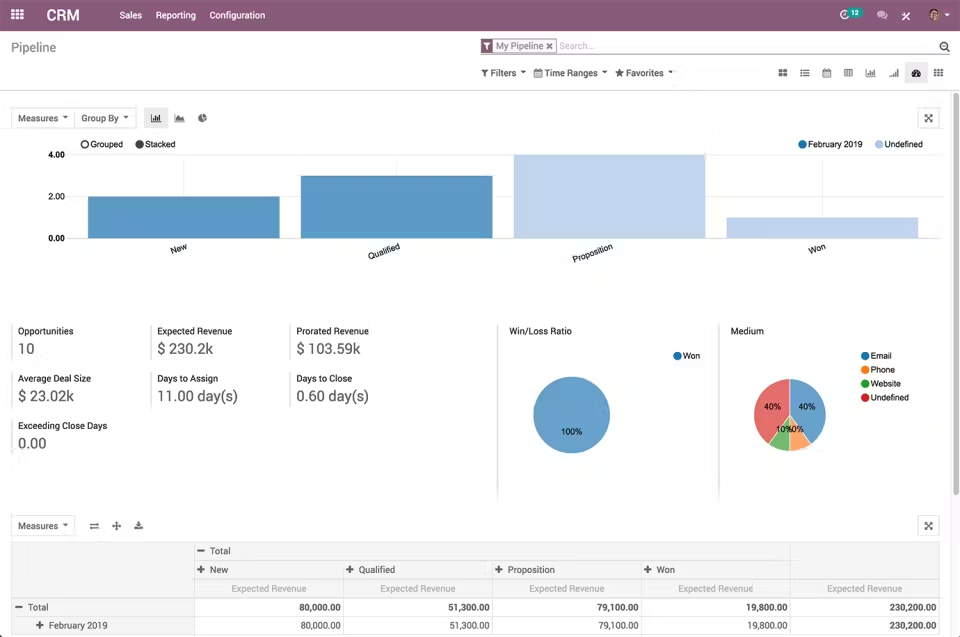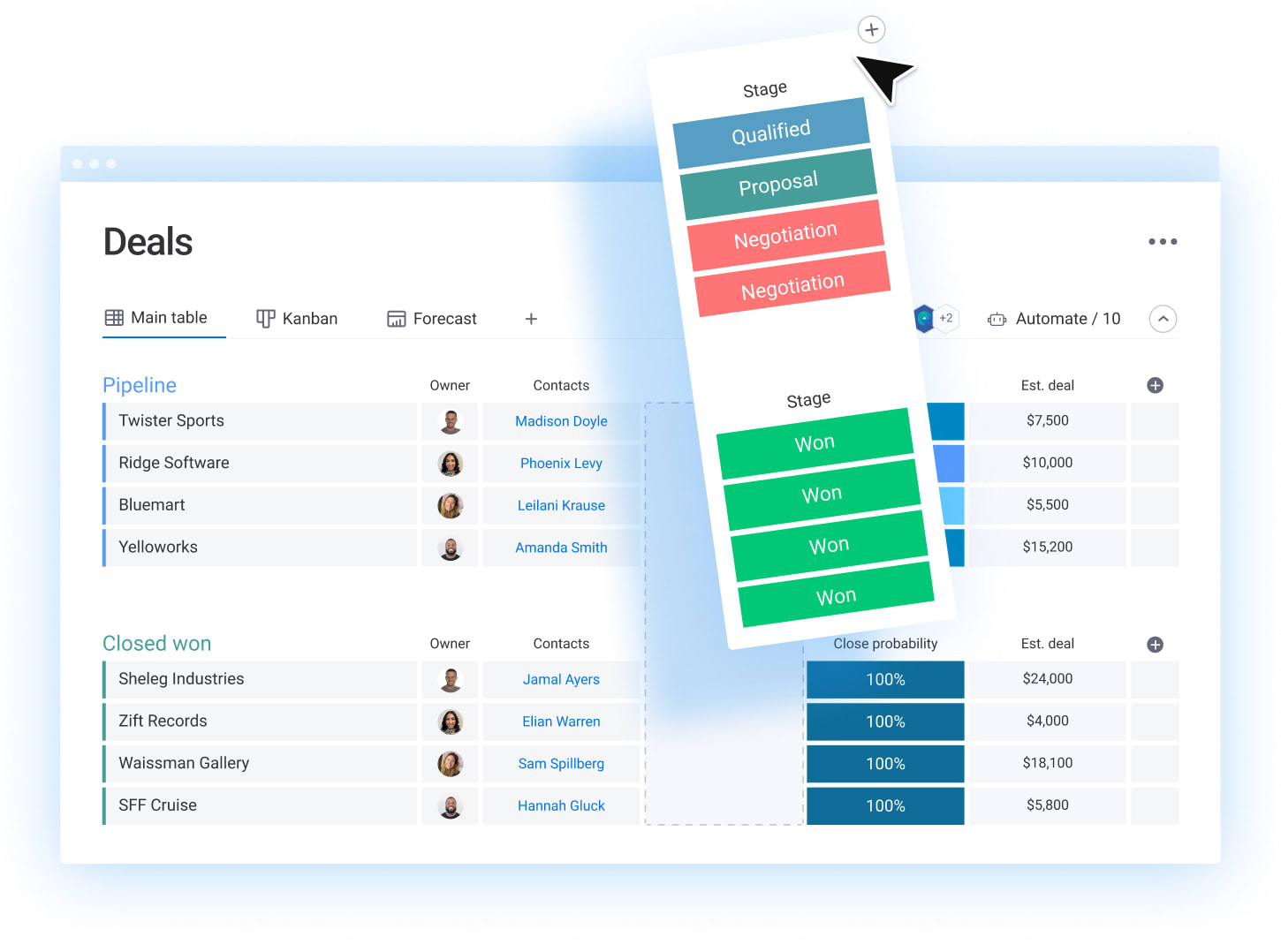
Unlock Growth: Essential Small Business CRM Tips for Maximum Impact
Running a small business is an exhilarating journey, filled with challenges and triumphs. In the whirlwind of daily operations, from managing inventory to delighting customers, it’s easy to feel overwhelmed. One powerful tool that can significantly streamline your efforts and fuel sustainable growth is a Customer Relationship Management (CRM) system. But with so many options and complexities, where do you begin? This comprehensive guide dives deep into the essential CRM tips specifically tailored for small businesses, empowering you to leverage this crucial technology for remarkable results.
What is a CRM and Why Does Your Small Business Need One?
Before we dive into the tips, let’s clarify the fundamentals. A CRM system is, at its core, a centralized database designed to manage all your interactions with current and potential customers. Think of it as your digital hub for all customer-related information. This includes contact details, communication history, purchase records, and even notes about their preferences and needs. But the benefits extend far beyond simple data storage.
The Power of Customer Relationships
In the competitive landscape of today’s market, building strong customer relationships is paramount. Happy customers are loyal customers, and loyal customers are the lifeblood of any successful small business. A CRM system helps you cultivate these relationships by:
- Improving Customer Service: Accessing a complete view of each customer’s history allows your team to provide personalized and efficient support.
- Boosting Sales: Identifying sales opportunities by tracking leads, managing the sales pipeline, and automating follow-ups.
- Enhancing Marketing Efforts: Segmenting your customer base and tailoring marketing campaigns to their specific interests.
- Increasing Efficiency: Automating repetitive tasks, freeing up your team to focus on more strategic activities.
For a small business, the advantages of a CRM system are even more significant. Unlike larger enterprises, small businesses often operate with limited resources. A CRM can help you maximize the impact of every dollar spent and every hour worked.
Top CRM Tips for Small Businesses
Now, let’s get to the meat of the matter. Here are some actionable CRM tips that will help your small business thrive:
1. Choose the Right CRM for Your Needs
This is perhaps the most crucial step. Selecting a CRM that aligns with your specific business requirements is essential for long-term success. Don’t be swayed by flashy features or complex interfaces if they don’t address your core needs. Consider these factors:
- Your Business Size: Some CRM systems are designed for large enterprises and may be overly complex for a small business. Look for solutions specifically geared towards small and medium-sized businesses (SMBs).
- Your Budget: CRM systems come in various price points, from free or low-cost options to premium, feature-rich platforms. Determine your budget and explore options that fit within your financial constraints.
- Your Industry: Some CRMs are tailored to specific industries, such as real estate, healthcare, or e-commerce. If you operate in a niche industry, consider a CRM designed for your sector.
- Your Team’s Technical Skills: Opt for a CRM that is user-friendly and easy to learn. Consider the technical proficiency of your team and choose a system that they can readily adopt.
- Integration Capabilities: Ensure the CRM integrates seamlessly with your existing tools, such as your email marketing platform, accounting software, and social media channels.
Recommendation: Start with a free trial or a low-cost plan to test the waters before committing to a full subscription. Many CRM providers offer excellent resources, such as webinars, tutorials, and customer support, to help you get started.
2. Define Your Goals and Objectives
Before implementing a CRM, clearly define what you want to achieve. What are your business goals? What specific problems are you trying to solve? Do you want to increase sales, improve customer satisfaction, or streamline your marketing efforts? Having clear objectives will guide your CRM implementation and help you measure its success.
Examples of CRM Goals:
- Increase sales leads by 20% within six months.
- Improve customer retention rates by 15% within one year.
- Reduce customer service response times by 30%.
- Automate 50% of marketing tasks.
Once you have defined your goals, create a plan to track your progress. Use key performance indicators (KPIs) to measure your results and make adjustments as needed.
3. Clean and Organize Your Data
A CRM system is only as good as the data it contains. Before importing your data, take the time to clean and organize it. This includes removing duplicate entries, correcting errors, and standardizing your data format. Inaccurate or incomplete data can lead to wasted time, missed opportunities, and frustrated customers.
Tips for Data Cleaning:
- Audit Your Data: Review your existing data and identify any inconsistencies or errors.
- Remove Duplicates: Merge or delete duplicate entries to avoid confusion.
- Standardize Formatting: Use a consistent format for names, addresses, phone numbers, and other data fields.
- Update Outdated Information: Verify contact information and update any outdated details.
- Segment Your Data: Categorize your customers based on demographics, purchase history, and other relevant criteria.
Investing time in data cleaning upfront will save you time and headaches in the long run. A well-organized database will allow you to generate accurate reports, personalize your communications, and make informed business decisions.
4. Customize Your CRM to Fit Your Workflow
Don’t settle for a generic CRM setup. Most CRM systems offer customization options that allow you to tailor the platform to your specific business processes. This includes:
- Custom Fields: Add custom fields to capture unique information about your customers, such as their industry, interests, or preferred communication methods.
- Workflow Automation: Automate repetitive tasks, such as sending follow-up emails, creating tasks, and updating deal stages.
- Reporting and Dashboards: Customize your reports and dashboards to track the KPIs that are most important to your business.
- User Permissions: Control user access to sensitive data and features to ensure data security.
Take the time to explore the customization options available within your CRM and configure the system to align with your existing workflows. This will improve efficiency, reduce errors, and streamline your operations.
5. Train Your Team Effectively
Even the most sophisticated CRM system is useless if your team doesn’t know how to use it. Invest in comprehensive training to ensure that everyone understands the system’s features and how to use them effectively. This includes:
- Initial Training: Provide introductory training to familiarize your team with the system’s basic functionality.
- Advanced Training: Offer more advanced training to cover specific features and customization options.
- Ongoing Support: Provide ongoing support through documentation, webinars, and customer support channels.
- Encourage Adoption: Encourage team members to use the CRM regularly and provide incentives for adoption.
Proper training will ensure that your team is comfortable using the CRM, maximizing its benefits, and contributing to its success. Consider creating a training manual or video tutorials to serve as a reference for your team.
6. Integrate with Other Tools
To maximize the effectiveness of your CRM, integrate it with other tools and platforms that you use regularly. This will streamline your workflows and eliminate the need to manually transfer data between systems. Common integrations include:
- Email Marketing Platforms: Integrate your CRM with your email marketing platform to synchronize contact information and track email campaigns.
- Accounting Software: Integrate your CRM with your accounting software to track sales, manage invoices, and generate financial reports.
- Social Media Channels: Integrate your CRM with your social media channels to monitor social media activity, engage with customers, and generate leads.
- Website Forms: Integrate your website forms with your CRM to automatically capture leads and customer information.
By integrating your CRM with other tools, you can create a seamless and efficient workflow that saves time and improves productivity.
7. Focus on Lead Management
A CRM can be a powerful tool for managing leads and converting them into customers. Implement these lead management best practices:
- Capture Leads Effectively: Use website forms, landing pages, and social media to capture leads.
- Qualify Leads: Identify and qualify leads based on their demographics, needs, and purchase intent.
- Nurture Leads: Send targeted emails, offers, and content to nurture leads and move them through the sales pipeline.
- Track Lead Activity: Monitor lead interactions, such as website visits, email opens, and phone calls.
- Automate Lead Scoring: Assign a score to each lead based on their activity and engagement.
By implementing effective lead management strategies, you can increase your conversion rates and drive more sales.
8. Leverage Automation
Automation is one of the biggest benefits of a CRM. Use automation to streamline repetitive tasks and free up your team to focus on more strategic activities. Examples of CRM automation include:
- Automated Email Marketing: Send automated email sequences based on customer behavior, such as welcome emails, onboarding emails, and follow-up emails.
- Automated Task Creation: Automatically create tasks for your team based on events, such as new leads, new opportunities, or overdue tasks.
- Automated Deal Stage Updates: Automatically update deal stages based on actions, such as sending a proposal or closing a deal.
- Automated Reporting: Generate automated reports to track your sales performance, customer satisfaction, and marketing effectiveness.
Automation can save you valuable time, reduce errors, and improve your team’s productivity.
9. Analyze Your Data and Track Key Metrics
Your CRM is a treasure trove of valuable data. Use this data to analyze your performance, identify trends, and make data-driven decisions. Track key metrics, such as:
- Sales Conversion Rates: Track the percentage of leads that convert into customers.
- Customer Acquisition Cost (CAC): Calculate the cost of acquiring a new customer.
- Customer Lifetime Value (CLTV): Estimate the total revenue a customer will generate over their lifetime.
- Customer Satisfaction (CSAT): Measure customer satisfaction through surveys and feedback.
- Customer Retention Rate: Track the percentage of customers who stay with your business over time.
By tracking these metrics, you can identify areas for improvement, optimize your processes, and make informed decisions to grow your business. Regularly review your reports and dashboards to monitor your progress and identify any potential issues.
10. Prioritize Data Security and Privacy
Protecting your customer data is paramount. Implement robust security measures to safeguard your CRM data from unauthorized access, breaches, and cyber threats. This includes:
- Strong Passwords: Enforce strong password policies and require regular password changes.
- Access Controls: Limit user access to sensitive data based on their roles and responsibilities.
- Data Encryption: Encrypt your data at rest and in transit to protect it from unauthorized access.
- Regular Backups: Regularly back up your CRM data to prevent data loss in case of a system failure or disaster.
- Compliance: Ensure your CRM practices comply with relevant data privacy regulations, such as GDPR and CCPA.
By prioritizing data security and privacy, you can build trust with your customers and protect your business from potential legal and reputational risks.
11. Embrace Continuous Improvement
Implementing a CRM is an ongoing process. Regularly review your CRM usage, analyze your results, and make adjustments as needed. Consider these steps for continuous improvement:
- Gather Feedback: Solicit feedback from your team and your customers to identify areas for improvement.
- Stay Up-to-Date: Stay informed about the latest CRM features, updates, and best practices.
- Experiment and Iterate: Try out new features, test different approaches, and iterate on your strategies.
- Measure Your Results: Regularly measure your progress against your goals and adjust your strategies as needed.
By embracing continuous improvement, you can ensure that your CRM system remains effective and aligned with your evolving business needs.
Choosing the Right CRM: A Recap
Selecting the right CRM is a critical decision for your small business. Here are some key considerations to keep in mind:
- Simplicity and Ease of Use: Choose a CRM that’s user-friendly and easy to learn.
- Scalability: Select a CRM that can grow with your business.
- Integration Capabilities: Ensure the CRM integrates with your existing tools.
- Customer Support: Choose a CRM provider that offers excellent customer support.
- Cost-Effectiveness: Find a CRM that fits within your budget.
Don’t be afraid to try out different CRM systems before making a final decision. Take advantage of free trials and demos to evaluate the features and functionality of each platform. Consider seeking advice from other small business owners who have experience with CRM systems.
Conclusion: CRM – Your Small Business’s Growth Partner
Implementing a CRM system is a significant investment in the future of your small business. By following these CRM tips, you can unlock the full potential of this powerful tool and drive sustainable growth. From choosing the right CRM and organizing your data to training your team and embracing automation, these strategies will empower you to build stronger customer relationships, boost sales, and streamline your operations.
Remember, the key to CRM success lies in a commitment to continuous improvement. Regularly review your CRM usage, analyze your results, and make adjustments as needed. With dedication and the right approach, a CRM can become your invaluable partner in navigating the exciting and often challenging journey of small business ownership.
By implementing these tips, your small business can harness the power of CRM to:
- Improve customer satisfaction
- Increase sales
- Boost marketing efficiency
- Streamline operations
- Make data-driven decisions
So, take the first step today. Explore the world of CRM and discover how it can transform your small business into a thriving success story.


